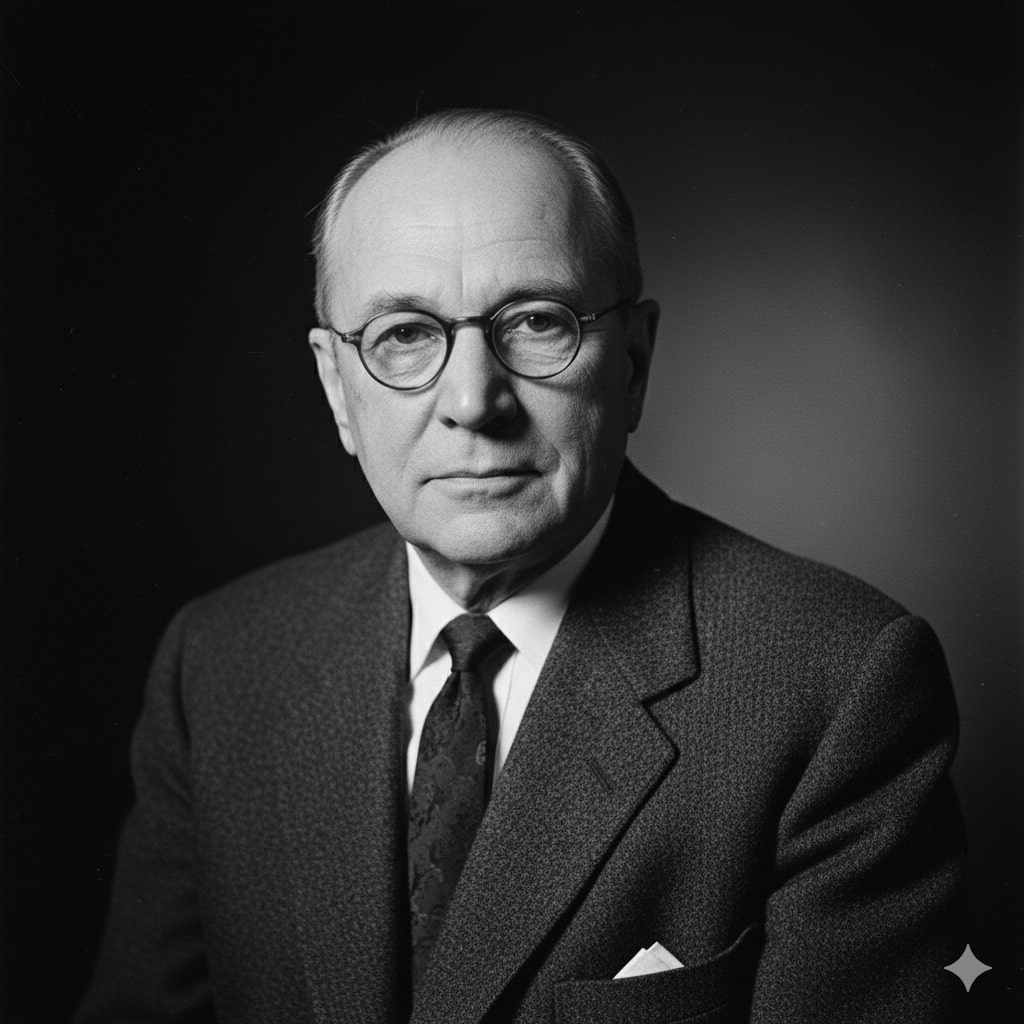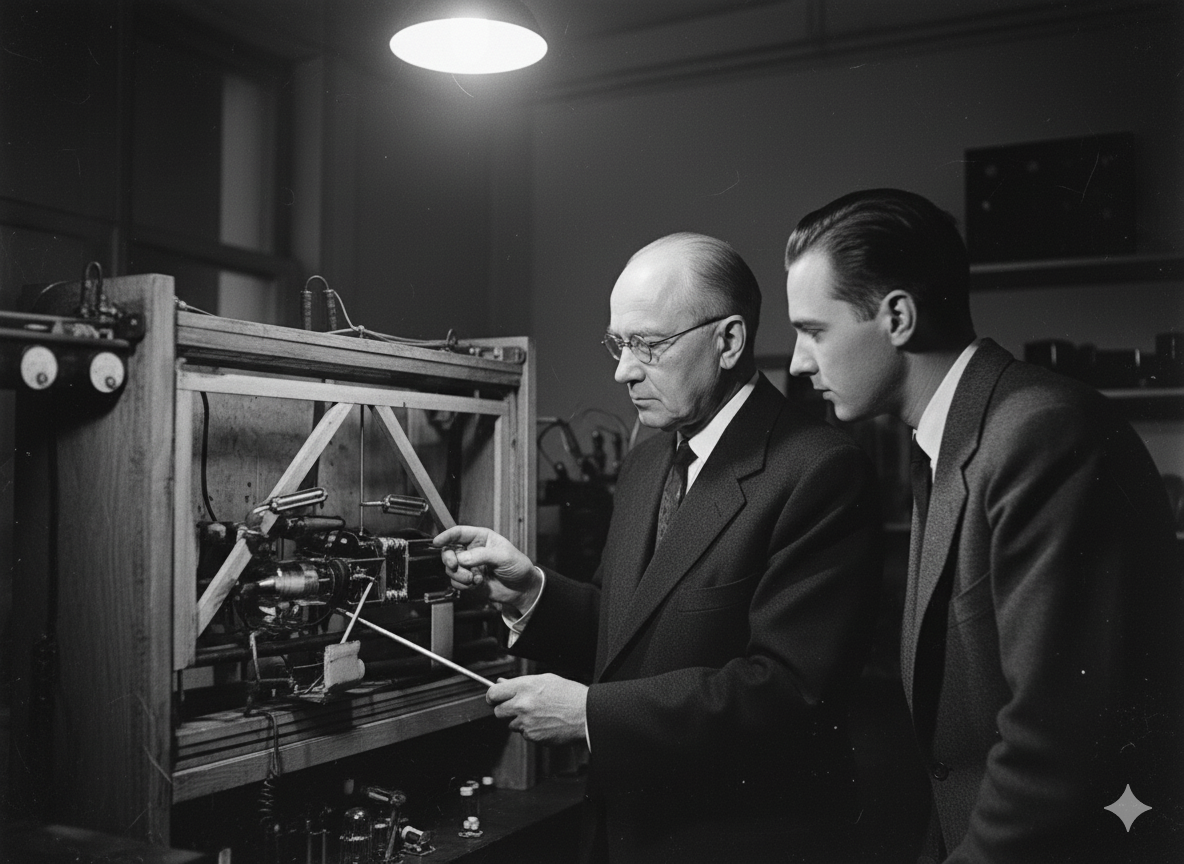Vladimir K. Zworykin was a Russian inventor and engineer whose inventions laid the foundation for electronic television. Although often referred to as the "father of television," he disliked the title and expressed disappointment that his life's work brought images of violence and crime to the masses: "I would never let my own children watch it," he said.
Early Life and Education
Vladimir Kosma Zworykin was born in 1889 in Murom, Russia, 200 miles east of Moscow. He began his electrical engineering career at the age of nine, repairing equipment on his father's riverboats. He began his official career in 1908 at the Imperial Institute of Technology in St. Petersburg, where he began working with Boris Rosing, the director of the school's laboratories.
When Zworykin graduated with honors in Electrical Engineering in 1912, he helped Rosing develop (1907) and demonstrate (1910) a primitive hybrid television system. This system used a mechanical Nipkow disk as a camera. The Nipkow disk, one of the earliest mechanical television systems, patented by the German Paul Nipkow in 1884, projected light onto a photosensitive area through a series of holes drilled near the edge of a rotating disk. The hybrid system used Braun's electronic cathode-ray tube as a receiver. The cathode-ray oscilloscope, invented in 1897 by another German, Karl Braun, was based on the principle that magnetic fields direct rays onto a fluorescent material at the end of a tube.

Vladimir K. Zworykin (Created with Artificial Intelligence)
Career Beginnings and Important Inventions
Following the exile and death of his teacher Rosing following the start of the Russian Revolution, Zworykin went to Paris in 1912, where he worked on X-rays and theoretical physics. He then emigrated to the United States in 1919.
The Westinghouse Era and the First Patent
After immigrating to the United States, Zworykin worked at Westinghouse laboratories in Pittsburgh for ten years.
He patented his first television system in 1923. However, his superiors at Westinghouse told him to stop wasting time on such impractical pursuits. Despite this, Zworykin continued his television work in his own time. In the 1920s, he patented early broadcasting technologies built around cathode ray tubes, vacuum tubes that create images when electron beams strike a phosphorescent surface.
Important Inventions
Zworykin's inventions that formed the basis of television as we know it include:
- Iconoscope: The first fully electronic camera tube.
- Kinescope: This invention, a more advanced cathode ray image tube, is also called the "kinemascope".
- Storage Principle: It is a principle that forms the basis of television.

Zworykin's Demonstration of the Television Electrical System (Created with Artificial Intelligence)
The RCA Era and the Popularization of Television
He demonstrated his all-electronic system at a radio engineers' convention in 1929. RCA executive David Sarnoff, who was present at the convention, heard from Zworykin that he would need $100,000 and 18 months to produce a marketable television and immediately hired him as director of the RCA Electronics Research Laboratory in Camden, New Jersey.
Zworykin proposed a budget of $100,000 to perfect his product. However, the company spent $50 million before commercializing television, initially a luxury for the wealthy. This process took Zworykin and RCA ten years. Meanwhile, their biggest rival was Philo Farnsworth, who had patented an all-electronic television in 1930 and forced RCA to pay a $1 million licensing fee for his patent in the 1940s.
However, Zworykin's system won the race with the public. RCA introduced television to the masses at the 1939 World's Fair in New York. Ten days later, the newly formed National Broadcasting Company (NBC) broadcast the Fair's opening ceremonies locally under President Franklin D. Roosevelt.
World War II (1939-45) halted the spread of television: while there were only about 7,000 televisions in American homes in 1946, by 1950, that number had reached 10,000,000. Whether manufactured by RCA or others, most televisions used the same basic technology as Vladimir Zworykin's 1939 model. Today, cathode-ray tubes have been replaced by more energy-efficient plasma and LCD systems.

Vladimir K. Zworykin (Created with Artificial Intelligence)
Awards and Death
Zworykin was awarded the National Medal of Science in Physical Sciences in 1966. This award was given "for his contributions to science, engineering, and television instrumentation, and for his promotion of the application of engineering to medicine." He was presented the award by then-President Lyndon Baines Johnson when he was 78 years old.
Vladimir Zworykin died on July 29, 1982, in Princeton, New Jersey, at the age of 92.



